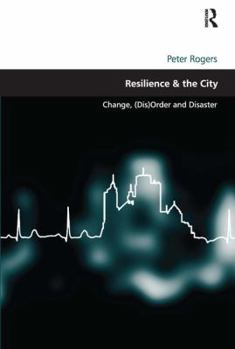Resilience & the City: Change, (Dis)Order and Disaster
Select Format
Select Condition 
Book Overview
Following the terrorism events of the first few years of the 21st century, the growth of a new security infrastructure has led to significant changes to urban design and the management of urban space.... This description may be from another edition of this product.
Format:Hardcover
Language:English
ISBN:0754676587
ISBN13:9780754676584
Release Date:November 2012
Publisher:Routledge
Length:222 Pages
Weight:1.08 lbs.
Dimensions:0.6" x 6.1" x 9.2"
Customer Reviews
0 rating





